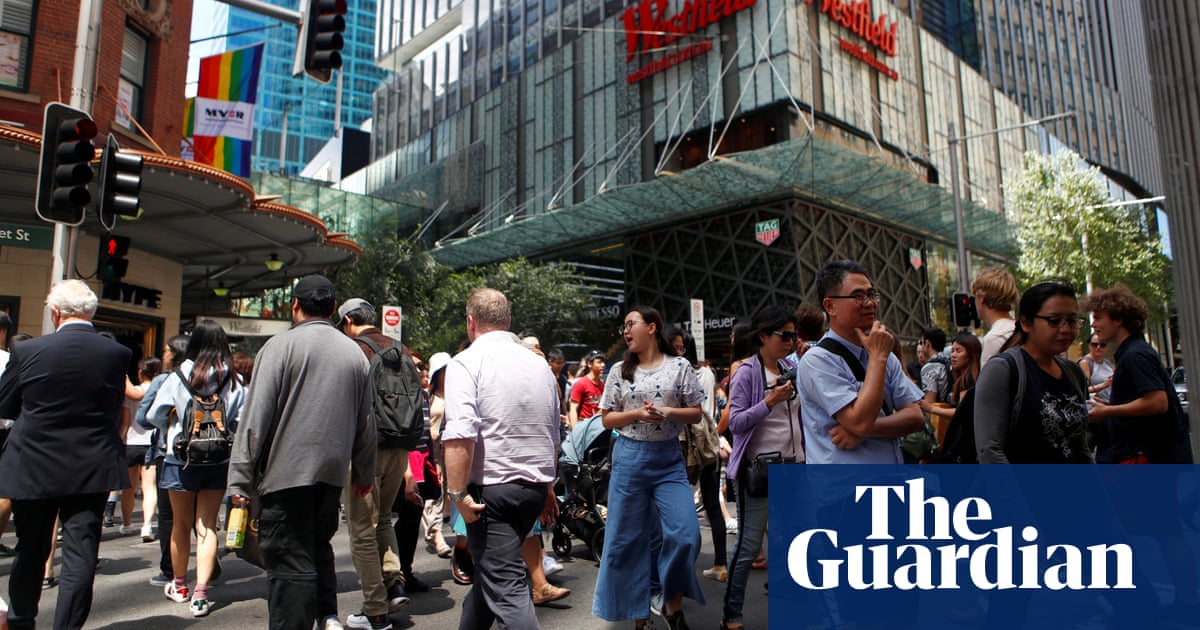The unemployment rate increased in December, while job creation also rose strongly, in a sign of a resilient labour market that creates uncertainty over an expected interest rate cut next month.
Australia’s jobless rate lifted to 4% in December, the Australian Bureau of Statistics data revealed on Thursday. At the same time, there were 56,300 additional people employed, as more people sought work.
The employment data is one of the Reserve Bank of Australia’s favoured metrics that informs interest rate settings, given a weakening jobs market could help make the case that the economy should be stimulated via a lower cash rate.
But the figures from the ABS create a mixed outlook, given there was a surge in part-time jobs accompanying an uptick in unemployment. The participation rate, a measure tracking active job-hunters, also registered a strong 67.1%.
The VanEck portfolio manager Cameron McCormack said the RBA wouldn’t be in a hurry to cut rates in response to the data.
“While unemployment has come in higher for December, it hasn’t reached a level where there is an urgency for the RBA to cut rates,” he said.
Ahead of the release, investors were pricing in a 73% chance of a quarter percentage point rate cut to 4.1% when the RBA board next meets in February.
A cut to the official rate would flow through to most mortgage holders, and provide a boost to the government ahead of an election fought over cost-of-living policies.
Australia’s jobless rate, seasonally-adjusted, had recorded a surprise drop in November to 3.9%, representing an eight-month low and surprising forecasters with the strength of the labour market. There was also solid employment growth.
Core inflation has been drifting towards the Reserve Bank’s 2-3% inflation target.
A strong labour market has enabled many households to weather a prolonged period of high inflation that has triggered steep rises in living costs.
But the signs of community stress are clear, with food charities facing unprecedented demand.
Bank data released this week shows that there was a sharp 8.3% fall in spending on household goods in December, according to the Commonwealth Bank. Facing a severe housing shortage, renters represented one of the main cohorts to make spending cuts.
Currency traders were unsure how to react to the jobs data, with the Australian dollar trading only slightly higher about 30 minutes after the ABS figures were released.
The local currency, under pressure this year, would normally fall if traders thought the employment figures would help trigger a rate cut. The currency would typically rise sharply if it supported elevated interest rates.








